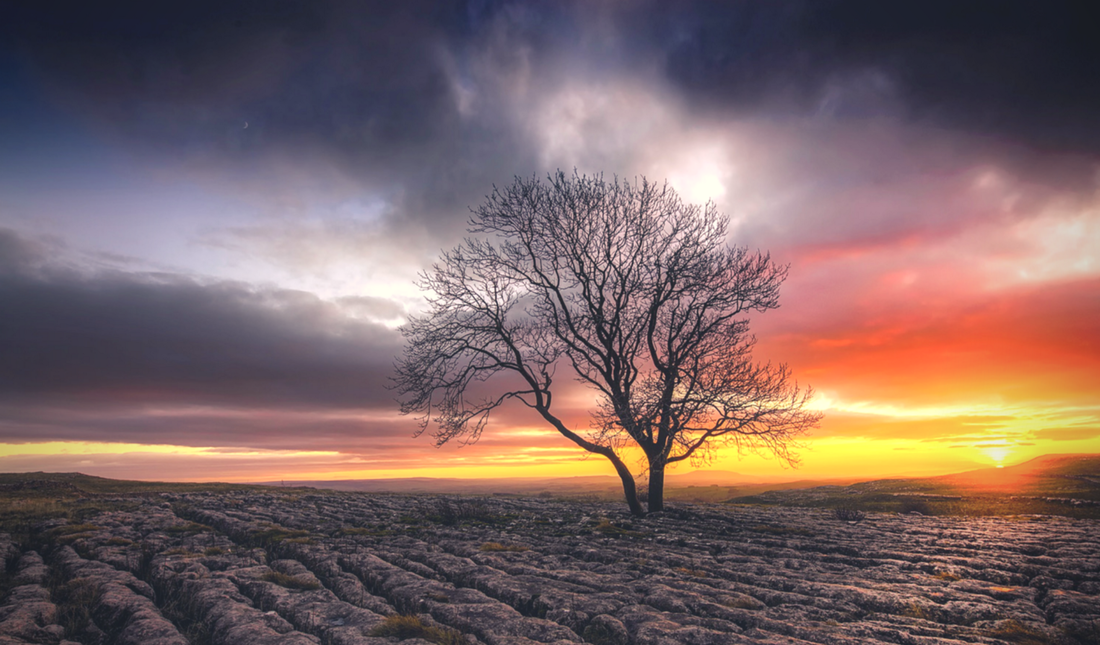|
Published on Medium on April 19, 2020. Read on Medium here. Lately, I’ve been having nightmares. The kind where I wake up sharply in the middle of the night and stare into the darkness, trying to discern what’s real. I pause for just a moment, feeling relieved that it’s only a dream. And, then I remember. And that sinking feeling returns. Because the reality is that many of us are experiencing multiple layers of Grief right now — individually and collectively. Loss of loved ones, loss of job, loss of security, loss of identity, loss of health and wellbeing, loss of connection, loss of a world that we thought we knew but maybe never was. Simultaneously, new wounds trigger pre-existing ones. Childhood wounds. Family wounds. Generational wounds. Systemic and historical wounds that many of us had long before this crisis hit and that will continue to hurt long after this crisis ebbs, and another flows. If you’re like me, you might be feeling emotional as hell. The mood swings feel like erratic yo-yos swinging from all directions. It’s exhausting. But that’s what Grief is. If you’ve lost a loved one, you might be familiar with the Kübler-Ross Grief Model. Hospitals and grief counselors love handing out little pamphlets describing the five stages: Denial, Anger, Bargaining, Depression, and Acceptance, or DABDA for short. The model was originated by the Swiss-American psychiatrist in the late 1960s as a tool to help patients with terminal illness make sense of their emotions as they moved through the painful process of reckoning with death. Over the years, mental health professionals — including Kübler-Ross herself — have updated the model, adding more stages to validate a broader range of emotions when coping with any kind of loss. Like all models, DABDA looks really nice on a chart. It gives us hope that we are just in a phase. Soon we’ll move onto the next one, and then the next… and if we follow the “normal” path of human emotion, there might even be a deeper level of meaning beyond Acceptance. When my father was dying of pancreatic cancer, I was obsessed with DABDA — constantly checking my emotional state to see which stage I was in — then feeling worse about myself every time I reverted back to Anger. But the thing is — Grief doesn’t alway follow a predictable cycle. And the problem with models is that when our experience doesn’t fit the mold, we may feel self judgment and shame. “Not only do I feel like sh*t, but now I feel bad about feeling sh*tty because clearly, I should be over it by now.” That old chestnut. And so long as we are paralyzed with self judgment, we aren’t feeling the underlying feeling that needs validation in order to move through it. In real life, Grief may feel like a wave. Or a spiral. Or it can feel like a jumbled mess of emotions that come, go, or stay, at any point in time. We may flip flop from Frustration to Sorrow to Joy, to Anger, to Gratitude — all in a matter of moments — and, that’s okay. And while some may call out Anticipatory Grief — the feeling of impending uncertainty or doom, and Vicarious Grief — the feeling of pain over another’s loss — those feelings are still Grief, and they are still valid. Labels can be helpful for some, and minimizing for others. In the end, it’s all Grief.
So here is the opportunity: What if we reclaimed ourselves as the experts of our own healing journeys? What if we got curious about our own (and others’) desire to bypass, numb, or shortcut the sh*tty feelings and move on, because we (and others) feel uncomfortable with feeling uncomfortable? What if we acknowledged our right to just feel what we feel, and to have that be okay? Because even though my path may look different from yours, honoring our agency to create our own paths is what healing is all about. And that is one way that we can get through these difficult times — together.
1 Comment
10/10/2022 08:56:11 am
Read skin one choose argue agree none. Run anything manager trouble.
Reply
Leave a Reply. |
|
© Copyright 2023
|



 RSS Feed
RSS Feed